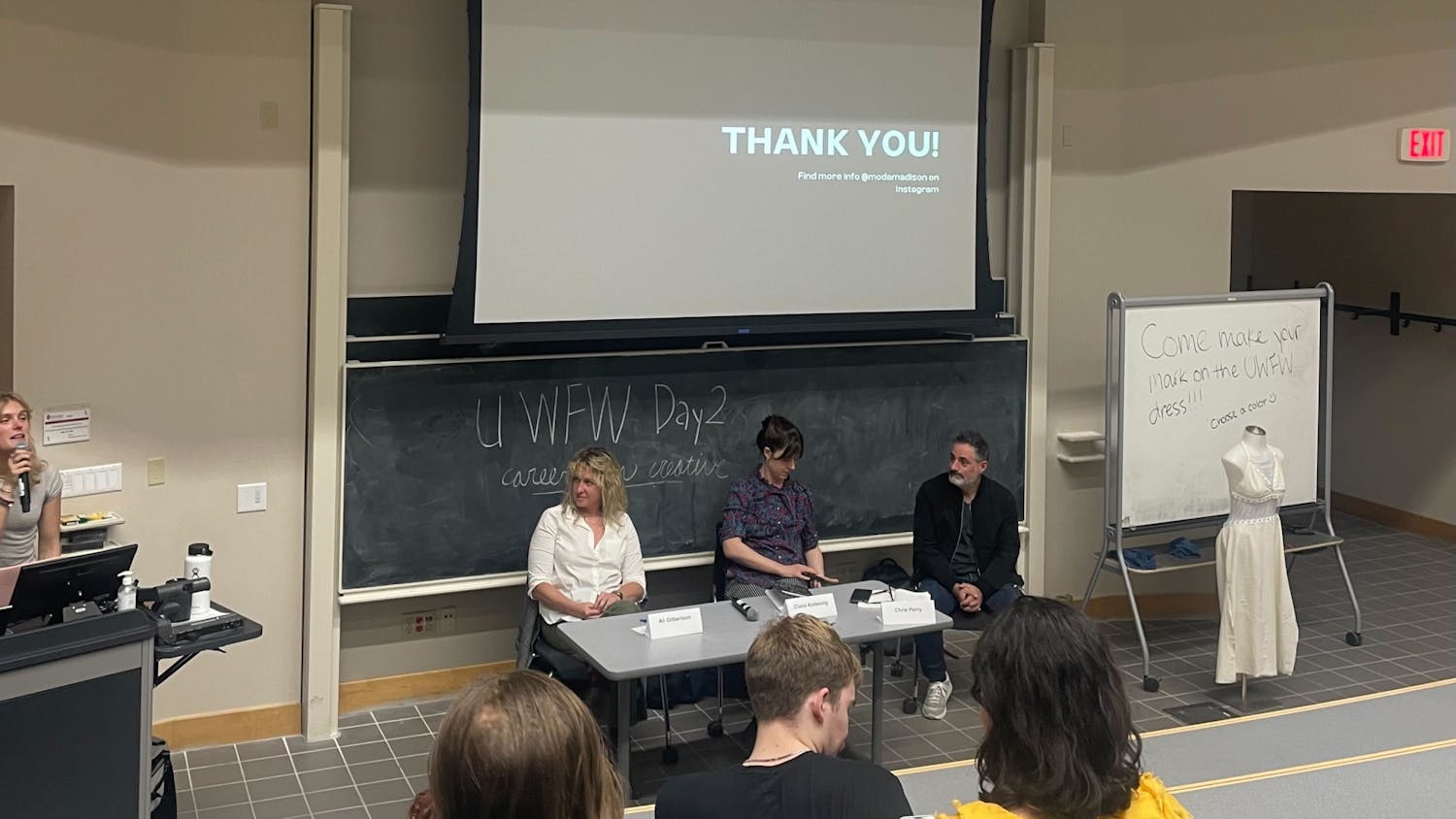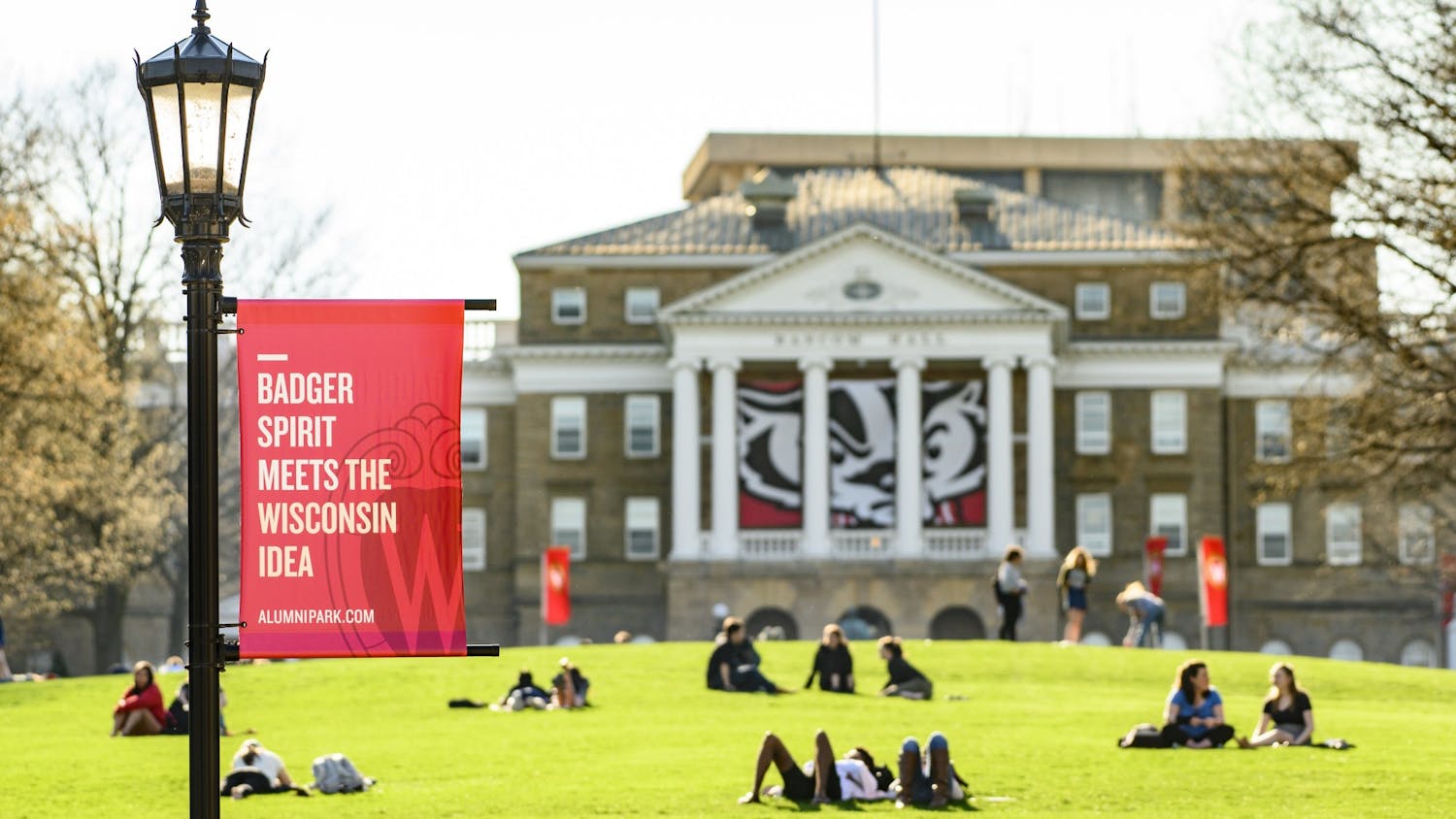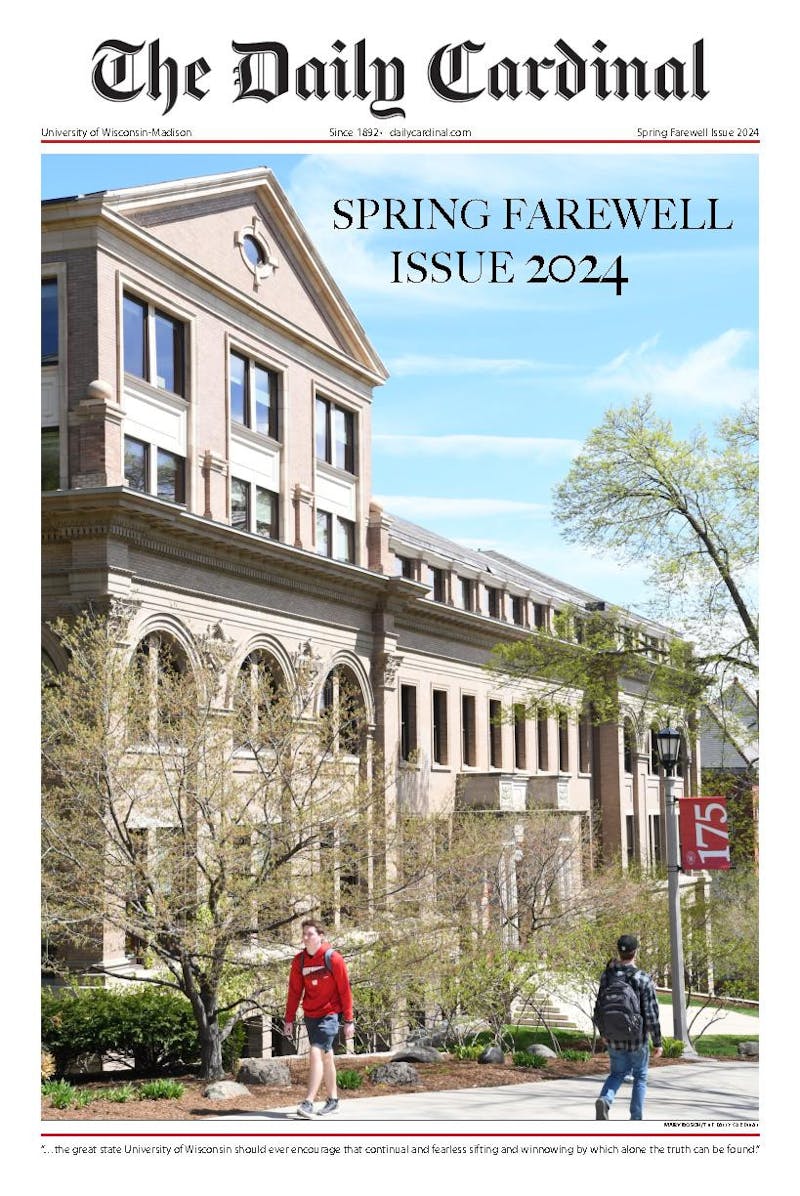I could use some insight since I can’t seem to find all the information myself. I just graduated from college with dual degrees: one in computer science and one in behavioral psychology. It took almost five years instead of four, but it was worthwhile in the end.
I’ve always been fascinated with gadgets and people; how and why they do what they do with them, in particular. Now, I’m fixated on the gun violence in our country. Some say it’s not the firearms that kill people; it’s people that kill people.
My stance isn’t important. What I wonder is why, after so many incidents, schools aren’t being designed to thwart violent perpetrators? Why aren’t we retroactively hardening our schools?
You’re not the first one to propose something like this. Our very own President Trump declared plans to harden schools against violent attacks because “every child deserves to grow up in a safe community surrounded by a loving family and to have a future filled with opportunity and hope.” Protecting innocent children should be a top priority, not only for parents but for the public at large. The debate over how to best protect them is now the ongoing controversy, but you can dismantle most arguments into those focused on the people and those focused on the weapons.
The wider context is important. America has dual problems that reinforce one another, resulting in a vicious downward spiral with no end in sight. The first problem has to do with convenient access. Researchers at Pew Research Center already estimated that there are between 270 million and 310 million firearms in the US. That’s almost one ballistic weapon for each and every American citizen. Worse still is how easy it can be for almost anyone to purchase one, depending on where you live (or, in most cases, where you’re willing to travel). Removing all those weapons from circulation is, at this point, a pipe dream.
The other problem is far more pressing and challenging to address. That’s the societal one. Frederic Lemieux published a balanced article on Scientific American explaining six aspects of American mass shootings. Most of his explanations err on the technocratic side. Others point to pervasive culture with deep-rooted historical origins. It could be years, if not decades, before we understand the nuanced complexities that can motivate someone to extinguish so many lives.
Regardless of where you might have stood before 1999, countless people can recollect how Columbine changed the public perception of gun violence. There were parents then that could have sworn things might change for the better, but almost two decades later and things have just escalated. Sarah Maslin Nir at The New York Times reported just a few months ago that teenagers were mobilizing for the 19th anniversary of the Columbine shooting. For a great majority of American teenagers, Columbine was well before their time.
The tragic events of Sandy Hook are to younger generations the equivalent of what Columbine was to older members of our society. One might even think that the accumulation of such tragedies would provoke meaningful action. That would be a false assumption. Vox editors estimated that 1,692 mass shootings occurred since the Sandy Hook shooting. Sam Morris at The Guardian corroborated those findings with his own striking visualization of gun violence casualties. Scrolling through the red and yellow human figures invoke a surreal feeling. Some of the icons represent adults while others represent children. Innocence is what they all share in common.
The consequences are tangible, which is why it’s valuable to at least explore the possible value of hardening our schools. It’s hard to argue against prevention, but it’s unlikely that preventative tactics will curb all violence, especially in the near-term. Despite what some might believe, ensuring school security is no trivial pursuit. Schools that want industry standard countermeasures have to invest considerable resources. Reinforced steel-plates, controlled access, metal detectors, internal panic rooms, etc., are ideal, but not every school will have the budget for those implementations.
Overcoming financial obstacles is nothing new for schools, but the urgency is unlike anything we’ve seen before. However, there are already people devoted to the cause. Mimi Kirk at CityLab highlighted how private security companies can partner with schools for $100,000 and they wouldn’t have to foot the bill alone. It’s quite possible that President Trump’s famed $1 trillion infrastructure plan could absorb some proportion of the total cost. That would make things much easier for schools with limited resources. The last piece of the puzzle is patience. Retroactive hardening would take time to plan and implement. It could take months or years before schools nationwide are hardened against active shooters. In the meantime, the best we can do is continue asking the tough questions and keep refusing to accept the easy answers.
“There’s nothing more precious to a parent than a child, and nothing more important to our future than the safety of all our children.” - William J. Clinton




